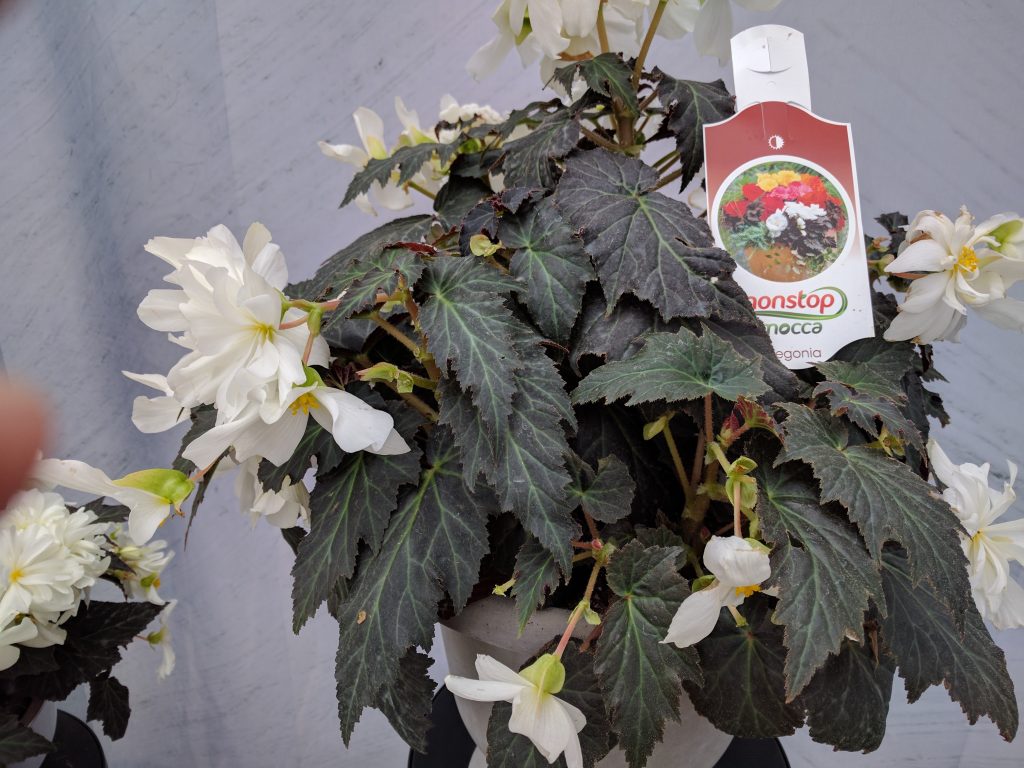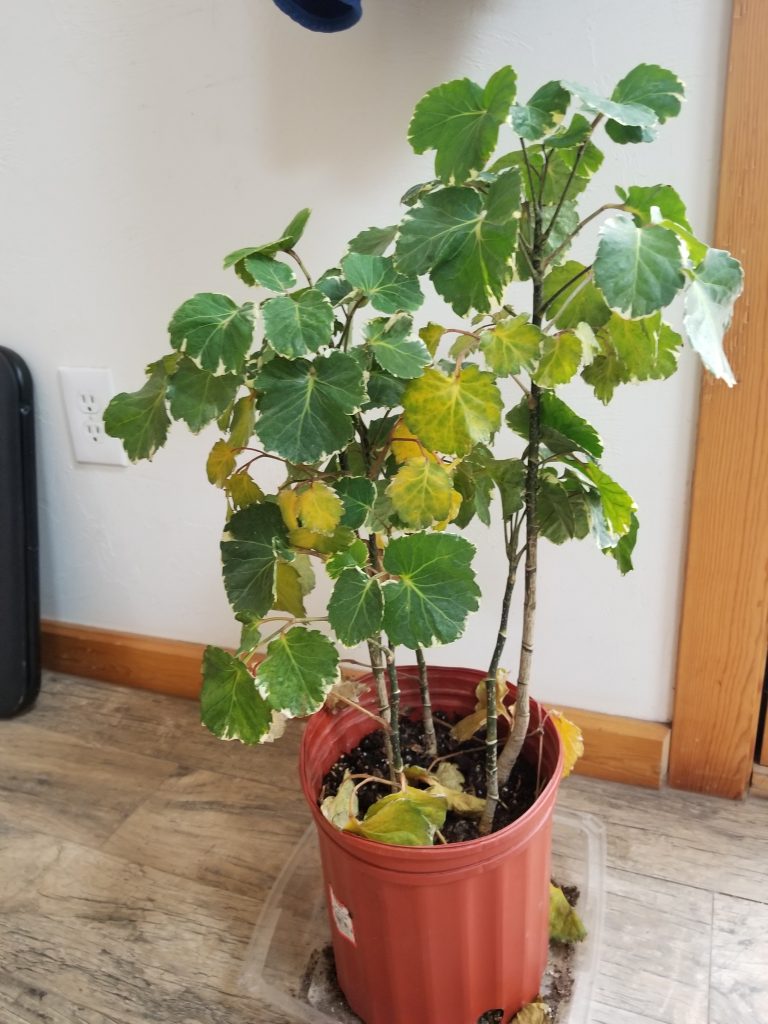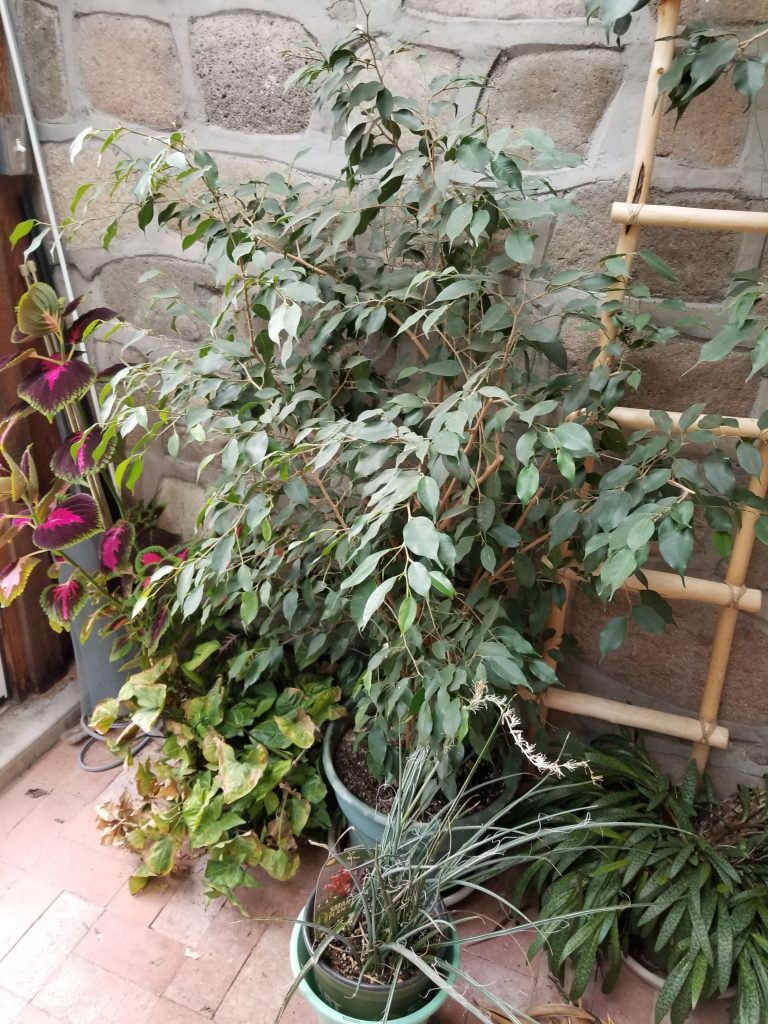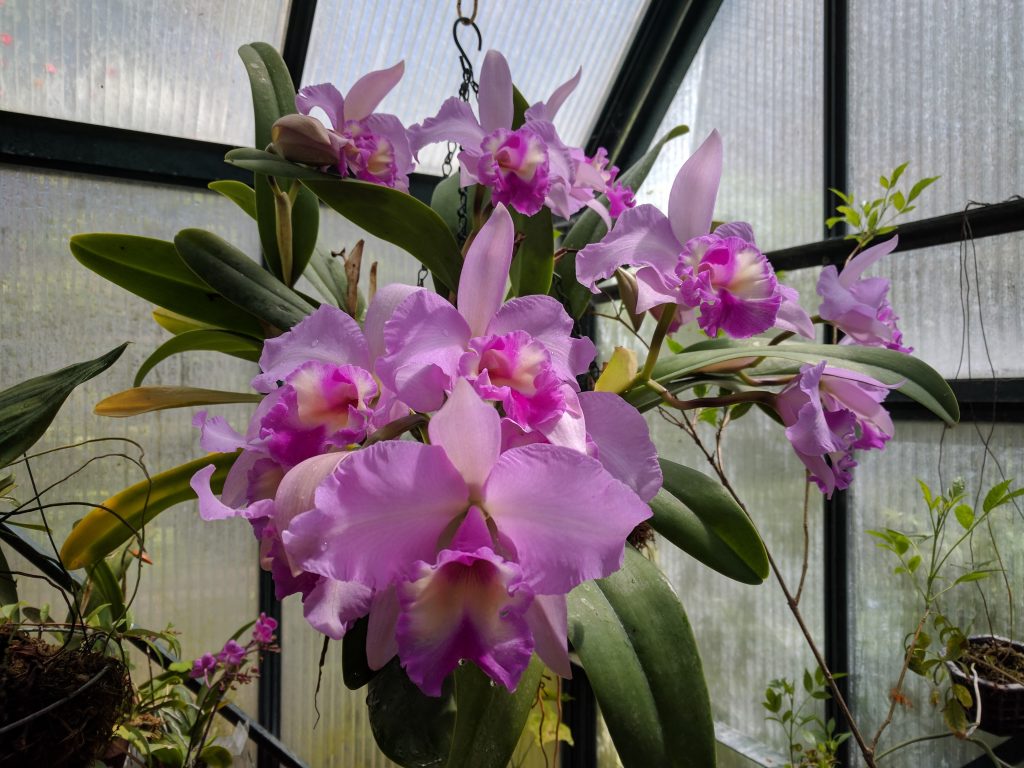I love plants! I love gardens! I love nature! So why not bring it all inside the house? Who can resist those beautiful Calatheas (Prayer Plants) they sell at Home Depot? House plants afford us the opportunity to garden indoors when it’s hostile outside and they beautify a room like nothing else. There is an incredible selection of tropical, subtropical and succulent plants that we can cultivate indoors. Unfortunately house plants fade…waaa (sad). They lose leaves, they endure pests, they wilt, eventually they die. I am sure this is not the intended outcome when we purchased the beautiful plant in its six inch pot. However, since there are more to be had we can dispose of the tired ones and just buy more fresh ones. For lots of people, house plants are like cut flowers. Throw them away when they fade, especially true for orchids. This does not need to be the case if you understand the basic needs of container culture.

Wise Choices Make Good House Plants
Not every plant you see in the nursery or box store is right for your location. Many tropical plants are grown in greenhouses under high humidity and carefully filtered water. For some plants like the previously mentioned prayer plants, this is a mimic of their natural growing conditions, moist, warm and humid. Many homes may have the warm part but not the humid. Heating systems often dry the air and increase the amount of water drawn from indoor plants. This can be damaging. Unfortunately, placing your plants on a tray of gravel filled with water will not cut it. Adding a humidifier in your plant room may be a solution if you are growing humidity loving plants, e.g., ferns, many orchids, Pipers, Philodendrons, Peperomias, Begonias etc. Another way around this is to cultivate humidity loving plants in terrariums (see blog on terrariums). If enough tolerant plants are grown in a room they will also increase the humidity in the room through transpiration. So add more plants! Always a good idea right?
Do some research on the house plant you want to purchase before you bring it home to find out where it grows in nature. This will give you hints on its needs. Also know when not to buy a plant, some are just too touchy without controlled environments. If you are new to house plants start off with the easy ones (Pothos, Syngonium, African violets and some Begonias). As you gain confidence move to more difficult or interesting types.

Realize How Plants Are Produced
When you purchase a new plant it is already an old plant, production wise. The grower had a target size or bloom requirement and once the plant has achieved that it is sent out to the retail market. Often a plant has consumed its nutrient charge in the medium it may have filled that medium with roots and the medium may have begun the process of breaking down.
It is good to get plants as fresh from the grower as possible because once they enter the box store or even nursery or plant shoppe, they begin to be affected by the stress of being outside their cultivated environment. Retailers may skip irrigating or keep plants too wet, the air may be dry and the light levels not adequate to sustain growth. The longer plants are in poor growing conditions, the less able you will be to keep them going. Even when your plants look good they may be suffering already and need several things from you such as a soaking irrigation with pure water, fertilization, light, and new media.
First Things First: Repot
Remove your new toy from its container and inspect the roots. They should look white and healthy and should be throughout the medium. If they do not look this way take the plant back. Do not introduced diseased plants to your plant collection. Assuming everything looks good find a suitable container that has drain holes (very important: never use containers w/o drainage holes) larger than the one your plant came home in. Add container medium that you know grows plants well for you or make your own medium from known ingredients. Make sure your medium has a nutrient charge like a slow release coated fertilizer or add small amounts whenever you water your plants.
Next: Irrigate
Growers cultivate amazing house plants because they carefully control the purity of the water they irrigate with by using reverse osmosis filtration. Then they add back the nutrients the plants will need. Harmful salts like sodium, chloride, fluoride, and others are excluded or kept very low in concentration. After your plant is repotted saturate the soil with either distilled water or reverse osmosis purified water. Take careful note of how heavy the container is after irrigation and after all excess water has left the container. This is the weight of a just watered plant. As the plant dries out it will get lighter, simply pick up the plant to tell how dry it is. This is an art that works with smaller containers as well. You don’t have to get your fingers dirty to assess growing medium moisture. On large containers you can tip them to tell how heavy they are. You can also use moisture meters but they are often very inaccurate and will give variable results depending on the level of fertilizer salts in the medium. A last resort is to stick your finger in the pot. Very picky plants like the prayer plant are sensitive to salts in water and excess fertilizer, they will do best with distilled water with a very small amount of soluble fertilizer added back (1/8 of the recommended amount). In some areas tap water is very low salinity and grows good plants, in others it needs reverse osmosis filtration or buy it from the store.

Finally: Location
Now that your new plant is settled in its container, its time to place it in a location where it will get adequate light. Some plants are from dark areas of the forest floor (ferns, begonia etc) and do best with north window light. Others require strong window light (Ficus, many bromeliads, and some succulents). It is also possible to grow plants under lights such as LED’s with great success. This is where your research into plant origins will be helpful. Try to irrigate with high quality water and dilute fertilizer when the plant’s media begins to lighten.

A Note About Pests
As your collection grows there is no doubt that pests may become a problem. They come in on new acquisitions or seem to appear on their own without explanation. Many times new plants are quarantined before joining others. In any case it is best to watch for the common culprits of scale, mealy bugs, and occasionally aphids. If pests are detected there are many remedies available at nurseries. Make sure you identify your pest (Cooperative Extension offices can help) and that the pest is on the label of any product you chose to control it with. Take your plant outside to treat it and let the spray dry before bringing it back in. Quarantine treated plants away from others until you are sure the pest is controlled. Always follow pesticide label instructions precisely. Monitoring for pests can catch an infestation before it gets bad.
Simply paying attention to your plants, occasionally slipping off the container to look at the roots, re-potting when needed and keeping the fertility levels up will ensure good growth and performance. At some point you can move on to propagation of your favorites.

Reference
Faber, B., J. Downer and L.Yates. 1993. Inexpensive, hand-held moisture meters. HortTechnology 3:195-196

What is the best way to get rid of scale insects in house plants?
This is something we don’t address, as regulations surrounding pesticide use differ from region to region. Look for insecticides that are labeled for use on houseplants to treat scale and try those. I will tell you from experience it can be very difficult to get rid of scale on indoor plants. It’s sometimes better to use plants that aren’t susceptible to pests when grown indoors.
I use collected rainwater to irrigate my houseplants.
Good. In time you may need to also fertilize…if you use only rainwater
I think it’s good to tip out the plant to inspect the roots but shouldn’t re-potting be recommended only if the houseplant is completely root-bound? We have many customers who come back to ask about failing plants – usually over-watered – and inevitably they’ve repotted into a larger container because the nursery pot “looked too small,” and then the roots get waterlogged with all that empty potting mix.
You can replant any plant at any time. When you put a small root mass into a larger pot, the plant will put most of its resources into root growth, not top growth. It’s not going to kill the plant. Overwating is a problem with houseplants in general – it’s not related to pot size.
Hello Linda,
I mostly keep houseplants, and have always seen people say what you’ve written above- that plants will focus on root growth rather than top growth when put in an oversized pot. I was directed to this blog from someone sharing a much older post of yours on plant container size, in which you recommended putting plants in large containers and that doing so improves growth overall.
Would you say that is true of all plants kept in containers, including houseplants? The conventional wisdom I’ve been given is to size a house plant’s pot to its roots, to reduce overwatering risk and to get the plant to focus on foliage growth. But is that not actually correct? Or is there a difference that needs to be accounted for when plants are kept in versus outdoors?
Really enjoying this blog, I’m very interested in the scientific side of plant care- though I often have a hard time finding information specific to houseplants.
It kind of depends on your goal. Do you want the plant to be bigger? Put it in a bigger pot and it will be after the roots get established. If you are trying to control overall size, then keep it in a smaller pot and root prune and replace the media occasionally.
Yes. Certainly that can be the outcome. But most folks just forget to replant and the media “wears out” breaks down and creates an unhealthy condition for plant roots even w/o pathogens. If fungal or other pathogens are present media breakdown enhances their ability to infect and cause disease..